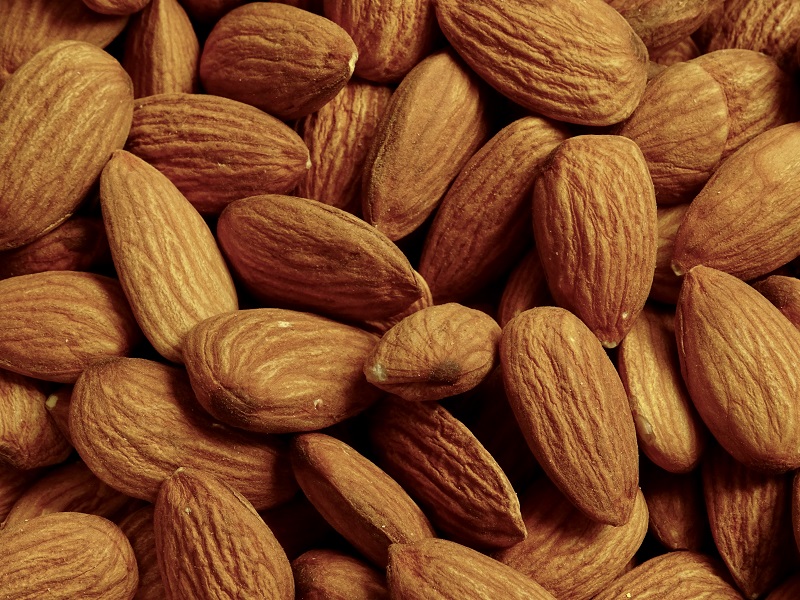Ways Farmers Can Tap Into Digital Modeling for Precise Crop Forecasting
Agriculture started using digital modeling and forecasting hundreds of years ago, computed and analyzed by the grower’s mind. More fertilizer should equal more yield, until it doesn’t, then it’s time to change the inputs. Herbicides kill certain weeds, until they don’t, then new herbicides are sought out and used.
As the digital agricultural industry increases in pace, the job of improving yields to feed the world’s population is analyzing years of information, data points, and outcomes to create digital models for predicting the weather, climate, water availability, and soil. Growers need to prescribe preventative measures for maintaining yields and quality, rather than corrective action after damage. Digital modeling will provide information for preventative action.
“It is the notion of modeling a farm. The crops, the soil, the water, the fertilizer, the weather, all those things. Farmers are already doing that today to a varying degree. One of the main drivers of agriculture is the soil. We have soil maps for the entire U.S. They’re not very high resolution, but we do use them as a model of how we expect a crop to perform on a certain piece of ground,” said Rob Tiffany, Founder and CEO of Sustainable Logix, a firm dedicated to driving farm profitability, efficiency and sustainability through continual monitoring, tracking, reporting, and automation.
Tiffany participated in a panel discussion as part of Meister Media’s 2023 VISION Conference. The session, “Virtual Cropping: Digital Modeling for Precise and Accurate Forecasting” also included Elia Scudiero, Research Agronomist at the University of California-Riverside, and Kathleen Glass, Vice President of Marketing for AquaSpy.
Future gains in agricultural productivity will come from the ability to create predictive models from data that will show what is happening at the micro or macro level of the farm, Tiffany said. “We want to be able to make a change before that crop is stressed, but just before it happens. Not after, because by then, we’ve lost yield or quality.”
Digital modeling works by creating a digital twin of each farm or field, then using that twin to incorporate weather, moisture, and inputs to determine the best possible outcome for that field. The basis for the digital twin comes from actual data collected along a digital thread — data collected throughout the lifecycle of crops.
Every time data is collected from the physical world, it’s fed into the digital twin. The technology to accomplish digital modeling is just beginning to match the concept. The work being done today to lay the foundation for digital twins includes large-scale modeling using sensors and crop data to predict outcomes and drive automation. It also includes strategies and interventions to improve outcomes while reducing costs and risks.
As water becomes increasingly valuable and in short supply, the ability to provide the right amount of water at the right time for the plant to thrive becomes critical.
For more, continue reading the full article featured as part of our special Global Insight Series report on Water, Technology and Sustainability. In addition, check out the previous reports in Meister’s Global Insight Series covering a range of topics from Biological Crop Protection to Irrigation Innovations to Agricultural Technology.









